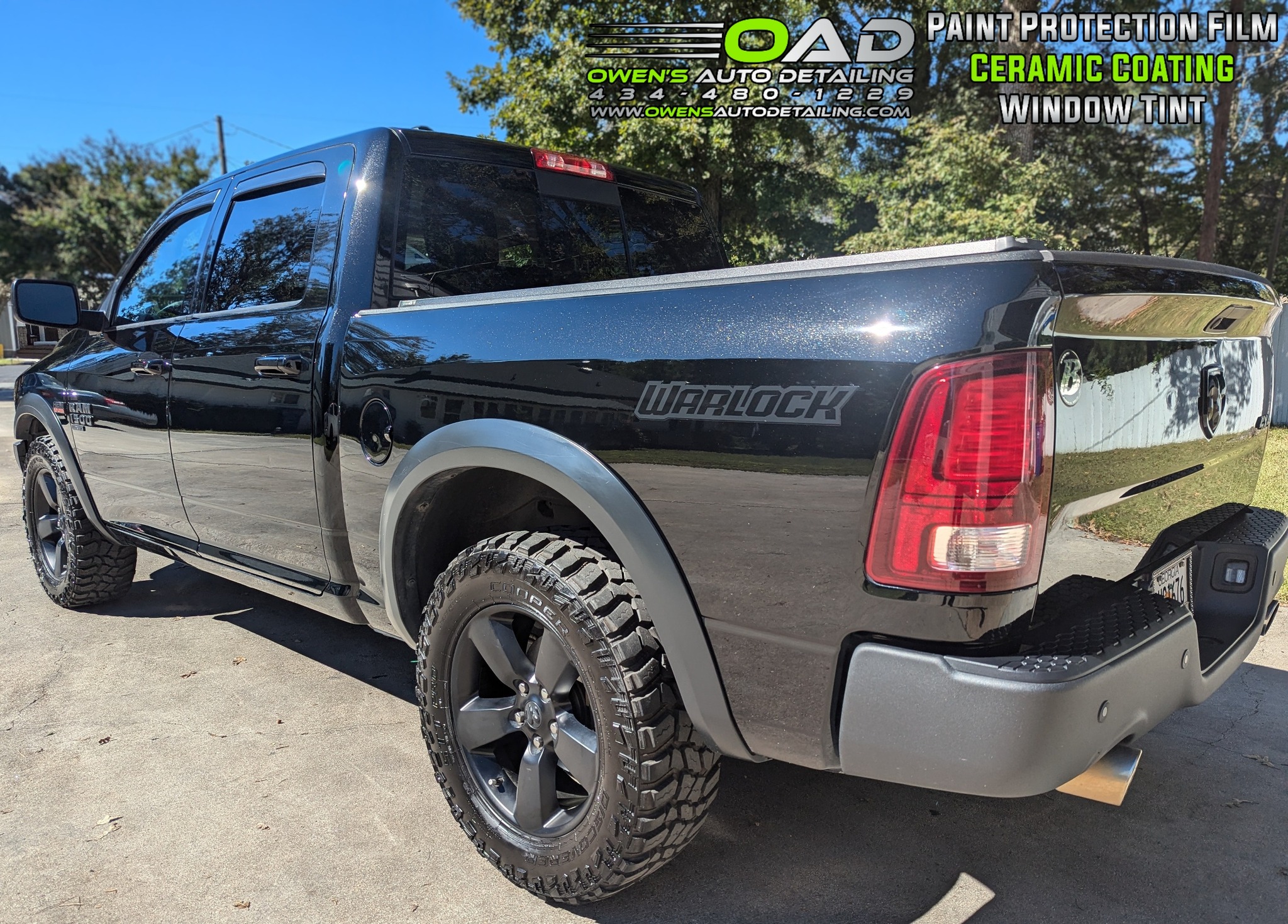When safeguarding your car’s pristine finish, traversing the domain of Paint Protection Film (PPF) can be a game-changer. Understanding the intricacies of PPF application, maintenance, and overall benefits can set you on a path toward preserving your vehicle’s allure and value. While considering the myriad options available and the process involved may seem overwhelming, arming yourself with the knowledge in this guide could be the key to revealing a whole new level of protection for your cherished automobile.
Key Takeaways
- Paint protection film shields against chips, bugs, and abrasions.
- Maintenance enhances vehicle resale value.
- Professional installation ensures durability and aesthetic appeal.
- Use proper maintenance products for longevity.
- PPF offers ROI through paint preservation and reduced repair costs.
Benefits of Paint Protection Film
Many car owners choose paint protection film to protect their paint job. This transparent film protects against various environmental elements damaging your car’s exterior. It protects against stone chips, bug splatter, and minor abrasions and helps maintain the resale value of your vehicle. Regarding environmental impact, the paint protection film is a sustainable choice compared to constant repainting or touch-ups. Applying this film reduces the need for harsh chemicals used in traditional paint repairs, contributing to a greener automotive industry. When considering product comparisons, paint protection film stands out for its durability and longevity. Unlike waxing or ceramic coatings, which require frequent reapplications, paint protection film can last years properly. Additionally, it offers superior protection compared to other methods, making it a worthwhile investment for those who want to keep their cars looking pristine.Types of Paint Protection Film
Understanding the various types of paint protection film is crucial for car owners who want to invest in the best option. Polyurethane film is the primary choice for high-quality protection. Polyurethane films are known for their self-healing properties, allowing them to absorb minor scratches and swirl marks when exposed to heat. In terms of durability, polyurethane paint protection films are considered robust and long-lasting, offering superior defense against rock chips, road debris, and other environmental factors that can damage your car’s paint. Additionally, polyurethane films resist yellowing and maintain their clarity over time, ensuring your vehicle looks great for years. While it may be a more expensive option, the long-term durability and protection make polyurethane an excellent investment, ensuring your car’s paint remains pristine and retains its value over time. When choosing a paint protection film, it’s important to weigh both cost and durability to ensure you make the best choice for your needs and budget.Installation Process Explained
Meticulous attention to detail is essential to guarantee the proper paint protection film installation on your vehicle. The installation process requires specific tools, such as squeegees, heat guns, and cutting tools. These tools are essential for a seamless application that adheres perfectly to your car’s curves and contours. When installing the film, ensuring it’s free of wrinkles, bubbles, or misalignments is critical for aesthetics and functionality. The film’s durability depends on a precise installation that effectively covers vulnerable areas. Professional installers use techniques such as thoroughly prepping the surface, using a slip solution to adjust the positioning of the film, and carefully trimming excess material for a clean finish. The installation process may vary depending on the complexity of your vehicle’s design, but a skilled technician will expertly navigate around obstacles to provide complete coverage.Maintenance Tips for Longevity
Maintaining the longevity of your car’s paint protection film is crucial in preserving its appearance and functionality over time. To guarantee your film stays in top condition, using the right care products and avoiding common mistakes is vital. Only products specifically designed for caring for paint protection film should be used. Avoid harsh chemicals, abrasive cleaners, or wax-based products, as they can damage the film and reduce its effectiveness. Opt for gentle car wash soaps and microfiber cloths to clean the film without causing any minor scratches. One common mistake to avoid is using automatic car washes with brushes. These brushes can be too abrasive for the paint protection film and may cause minor scratches or lifting along the edges. Instead, hand washing your car or using touchless car washes is a safer option. Regularly inspect your paint protection film for signs of damage or peeling. Addressing any issues promptly can prevent further damage and prolong the film’s lifespan.Cost Considerations and ROI
Preserving the appearance and functionality of your car’s paint protection film involves more than just regular maintenance. When considering the cost of paint protection film (PPF) installation, it’s essential to factor in the initial investment and its long-term benefits. Budget planning is vital in this process. While the upfront cost may seem significant, the value evaluation over time makes it a worthwhile investment. When reviewing the cost, keep in mind that quality matters. Higher-quality PPF may have a higher price tag but offers better protection and longevity. Balancing your budget with the level of protection you desire for your vehicle is crucial. Consider the potential savings on repainting and touch-up costs that PPF can provide in the long run. Moreover, the return on investment (ROI) for paint protection film is substantial. Not only does it preserve the paint and maintain your car’s resale value, but it also saves you money on maintenance and repairs.Expert Recommendations for Application
Understanding the proper techniques for applying car paint protection film is vital for a flawless finish. Maintenance is critical in ensuring the film’s longevity, so regular care is essential. Following installation best practices will enhance the film’s protective qualities and produce a professional-looking result.Application Techniques
Mastering the proper application techniques is essential to guaranteeing the ideal performance and longevity of your car paint protection film. Overcoming application challenges begins with meticulous surface preparation. Confirm that the vehicle’s surface is thoroughly cleaned and free from any dirt, debris, or wax that could interfere with the film’s adhesion. Use a gentle car wash soap and microfiber cloth to clean the surface and a solvent cleaner to remove any remaining contaminants. When applying the film, work in a controlled environment with moderate temperature and low humidity to prevent dust particles from getting trapped under the film. Start by carefully aligning the film on the vehicle’s surface. Then, use a squeegee to smooth out any air bubbles or wrinkles. Trim the edges for a precise fit, confirming complete coverage and a seamless finish. Mastering these application techniques will enhance the film’s protective properties and elevate your vehicle’s overall appearance.Maintenance Tips
Ensuring the longevity and effectiveness of your car paint protection film extends beyond the initial application process. To maintain your film correctly, consider using some DIY techniques. Regularly washing your vehicle with a mild automotive detergent and a soft microfiber cloth can help prevent dirt buildup and maintain the film’s appearance. Avoid using abrasive cleaners or rough scrubbing materials, as they can damage the film. Applying a ceramic coating on top of the film can provide extra protection and enhance its durability. One common mistake to avoid is using wax on the film, as it can cause a cloudy or hazy appearance. Instead, opt for specific film-friendly sealants or coatings. Another mistake is neglecting to inspect the film regularly for any signs of damage or peeling. Addressing any issues promptly can help prevent further damage and maintain the film’s integrity.Installation Best Practices
Adhering to expert installation best practices is essential for ideal results when applying car paint protection film. To guarantee a successful application, follow these key steps:- Thoroughly Clean the Surface: Before applying the paint protection film, make sure the surface of your car is clean and free of dirt, dust, or debris. Any contaminants left on the surface can affect the film’s adhesion.
- Avoid Common Mistakes: One common mistake during installation is stretching the film too much, leading to adhesive failure over time.
- Proper Preparation Steps: Take the time to properly prepare the surface using a clay bar to remove any embedded contaminants.

